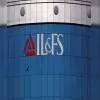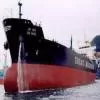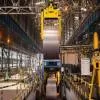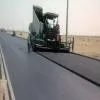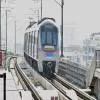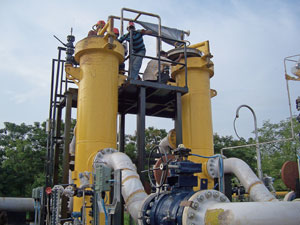
CW Design-Build Conclave & Awards is back in Ahmedabad!
Exactly a year after its multicity tour began, the event was back in Ahmedabad for a second season of honouring stalwarts in the dominions of real estate, architecture and design. The conclave and awards were hosted in Ahmedabad on October 7 at Hyatt.
After a terrific run in in Pune in September 2022, FIRST CONSTRUCTION COUNCIL with CW made its way back to Ahmedabad for the CONSTRUCTION WORLD Design Build Conclave and Awards.
The event witnessed the creme de la creme of the real-estate sector, architects, design firms and government officials under one roof...

Only 20% of licensed women architects in India become practitioners
Construction is the second largest industry in India after agriculture and contributes significantly to the GDP. It provides employment to both skilled and unskilled workers and is presently growing at the rate of around 7 per cent per annum. With over 35 million people engaged in this sector, women occupy nearly 30 per cent of the workforce. But almost 65 per cent of the women often work as construction laborers in the workforce.
“While corporates like L&T and Tata Projects have been actively encouraging women’s participation on the shop floor, on project sites and at the ..
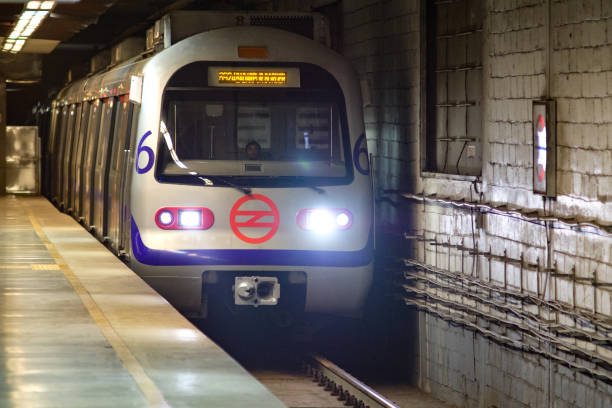
Delhi Metro bags award for outstanding civil engineering
The prestigious Outstanding Civil Engineering Achievement Award for the year 2020 has been given to the Delhi Metro's Phase I, II, and III projects by the Japan Society of Civil Engineers (JSCE).
The JSCE has designated the Delhi Metro as a High-Quality Infrastructure Development Project.
The JSCE stated in its award note that the Delhi Metro projects increased awareness of safety and efficiency at construction sites in India while also providing residents with safe, secure, and c..

Jindal Steel & Power's Q4 Profit After Tax Doubles to Rs 9.33 Bn
Jindal Steel & Power Limited (JSPL) has reported a remarkable achievement in its financial performance for the fourth quarter, with its profit after tax (PAT) doubling to Rs 9.33 billion. This significant growth underscores the company's robust operational performance and strategic initiatives, reflecting its resilience and adaptability in the competitive steel and power sectors.
The doubled PAT for the fourth quarter is a testament to JSPL's effective management strategies and operational efficiency. It signifies the successful execution of the company's growth plans and its ability to..
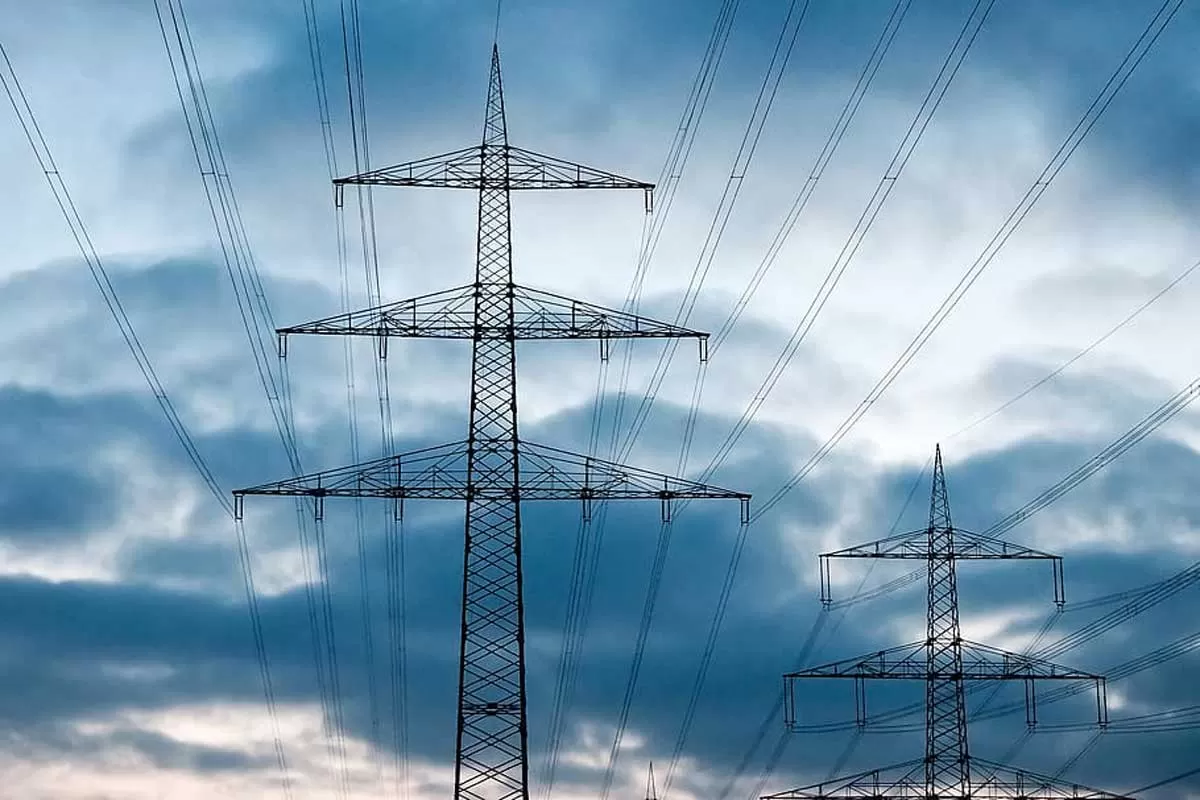
India's Peak Power Demand to Surge
India is bracing for a substantial increase in peak power demand this May, with the Power Ministry forecasting a daytime peak of 235 GW and an evening peak of 225 GW. This surge underscores the country's escalating energy needs amid rising temperatures and economic activities.
The anticipated peak demand is significantly higher than previous records, reflecting the growing consumption patterns driven by urbanisation, industrial activities, and increased usage of air conditioning. The Ministry's projections are based on data from the Central Electricity Authority (CEA), which monitors a..



